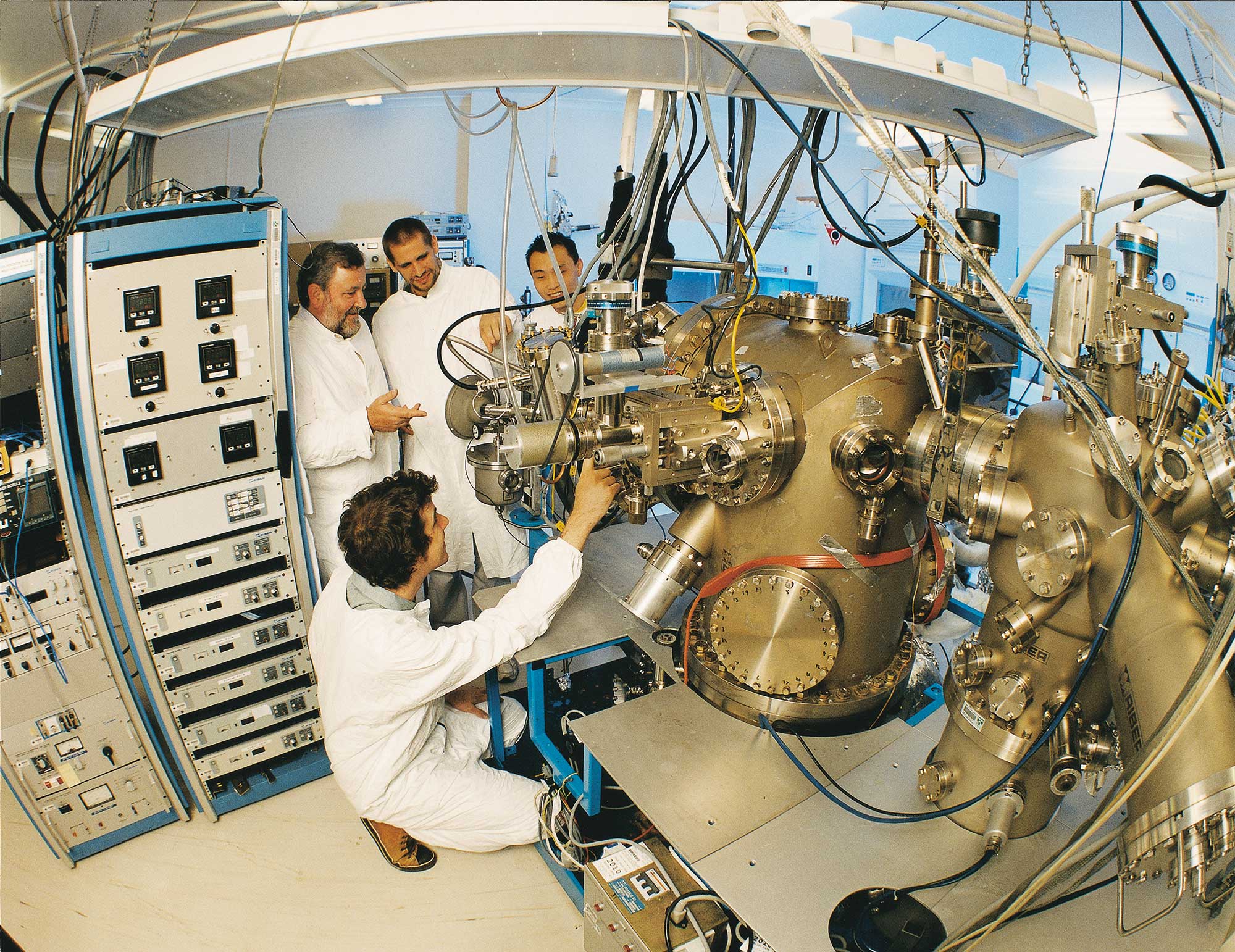
Melt Spinning
Melt Spinning
Melt spinning is a fibre production process that involves melting a polymer and extruding it through a spinneret to form filaments. The filaments are then cooled and solidified by air or water. Melt spinning is used to produce synthetic fibres such as polyester, nylon and polypropylene.

List of available equipment
TOOL MAKE AND MODEL
KEY DIFFERENTIATOR
LOCATION
Lab scale melt spinning line
More information to come.
Deakin University
VIC Node
Description
Melt spinning is a manufacturing process used to produce fibers by melting a polymer resin and then extruding it through a single hole to form continuous filaments. The small melt spinning line is capable of producing fibres from 5g to 20 g of pellets of thermoplastic polymer, 1-5 mm in diameter.
Related Information
More information to come.
Tool Contact
dylan.hegh@deakin.edu.au
Large melt spinning line- Hills
More information to come.
Deakin University
VIC Node
Description
Melt spinning is a manufacturing process used to produce fibers by melting a polymer resin and then extruding it through small holes or spinnerets to form continuous filaments. The large melt spinning line is capable of producing fibres from 5000 g of pellets of thermoplastic polymer, 1-5 mm in diameter. It is capable of bicomponent spinning in an range of fibre geometries.
Related Information
More information to come.
Tool Contact
dylan.hegh@deakin.edu.au
Polymer blending line- Wayne
More information to come.
Deakin University
VIC Node
Description
The polymer blending line is capable of preparing thermoplastic polymers (>500g) into pellets for melt extrusion. The blending line is capable of blending two polymers or materials in powder, fibre or pellets.
Related Information
More information to come.
Tool Contact
dylan.hegh@deakin.edu.au
Small melt spinning line- Wayne
More information to come.
Deakin University
VIC Node
Description
Melt spinning is a manufacturing process used to produce fibers by melting a polymer resin and then extruding it through small holes or spinnerets to form continuous filaments. The small melt spinning line is capable of producing fibres from 20-200 g of pellets of thermoplastic polymer, 1-5 mm in diameter.
Related Information
More information to come.
Tool Contact
dylan.hegh@deakin.edu.au
TOOL MAKE AND MODEL
KEY DIFFERENTIATOR
LOCATION
Lab scale melt spinning line
More information to come.
Deakin University
VIC Node
Description
Melt spinning is a manufacturing process used to produce fibers by melting a polymer resin and then extruding it through a single hole to form continuous filaments. The small melt spinning line is capable of producing fibres from 5g to 20 g of pellets of thermoplastic polymer, 1-5 mm in diameter.
Related Information
More information to come.
Tool Contact
dylan.hegh@deakin.edu.au
TOOL MAKE AND MODEL
KEY DIFFERENTIATOR
LOCATION
Large melt spinning line- Hills
More information to come.
Deakin University
VIC Node
Description
Melt spinning is a manufacturing process used to produce fibers by melting a polymer resin and then extruding it through small holes or spinnerets to form continuous filaments. The large melt spinning line is capable of producing fibres from 5000 g of pellets of thermoplastic polymer, 1-5 mm in diameter. It is capable of bicomponent spinning in an range of fibre geometries.
Related Information
More information to come.
Tool Contact
dylan.hegh@deakin.edu.au
TOOL MAKE AND MODEL
KEY DIFFERENTIATOR
LOCATION
Polymer blending line- Wayne
More information to come.
Deakin University
VIC Node
Description
The polymer blending line is capable of preparing thermoplastic polymers (>500g) into pellets for melt extrusion. The blending line is capable of blending two polymers or materials in powder, fibre or pellets.
Related Information
More information to come.
Tool Contact
dylan.hegh@deakin.edu.au
TOOL MAKE AND MODEL
KEY DIFFERENTIATOR
LOCATION
Small melt spinning line- Wayne
More information to come.
Deakin University
VIC Node
Description
Melt spinning is a manufacturing process used to produce fibers by melting a polymer resin and then extruding it through small holes or spinnerets to form continuous filaments. The small melt spinning line is capable of producing fibres from 20-200 g of pellets of thermoplastic polymer, 1-5 mm in diameter.
Related Information
More information to come.
Tool Contact
dylan.hegh@deakin.edu.au

